NEVS presents electric robotaxi for sharing services
National Electric Vehicle Sweden (NEVS) has presented a mobility ecosystem for autonomous electric vehicles for sharing services, under the name PONS. At the heart of the ecosystem is the autonomous Sango electric vehicle for up to six passengers.
Shared autonomous shuttle buses have been toyed with by carmakers across the board, but NEVS points out that developing such a product is counter-intuitive to most carmakers because it reduces the need for drivers to purchase their own vehicles.
The Evergrande-owned Swedish company “believes there is no reason to own an autonomous vehicle because it can pick the passengers up from wherever they are and take them wherever they want to go in the city, at a fair price. At the same time, they don’t have to worry about parking, refuelling, service or running costs,” they explain. This paves the way for the NEVS to get this product to market and in operation before their reluctant carmaking counterparts.
After now revealing the fully electric autonomous shuttle, NEVS has already got a significant pilot operation keyed up: a pilot project in Stockholm will operate a fleet of around ten autonomous vehicles, known as robotaxis. In addition to the Sango vehicle, the PONS mobility system includes a user interface in the form of an app and a fleet management system.
At 4.27 meters and a width of 2.02 meters, the Sango is roughly the size of a compact car. With the 62-kWh battery installed in the floor, the shuttle will be able to travel up to 200 kilometres. NEVS does not mention details about the engines, but performance plays a subordinate role in the Sango: Initially, the maximum speed is limited to 15 km/h, but in later versions, this is to be increased to 50 km/h.
The Swedish company is doing without a DC fast charger, the Sango is equipped with an 11 kW AC charger. The shuttle is to be charged from 30 to 80 per cent in 2:45 hours, a complete charging process should take 5:30 hours. “The range is adapted to the area of operation and is less important for users, as the vehicles will not be in private ownership,” writes NEVS. “Sango will recharge its batteries whenever necessary during the day.”
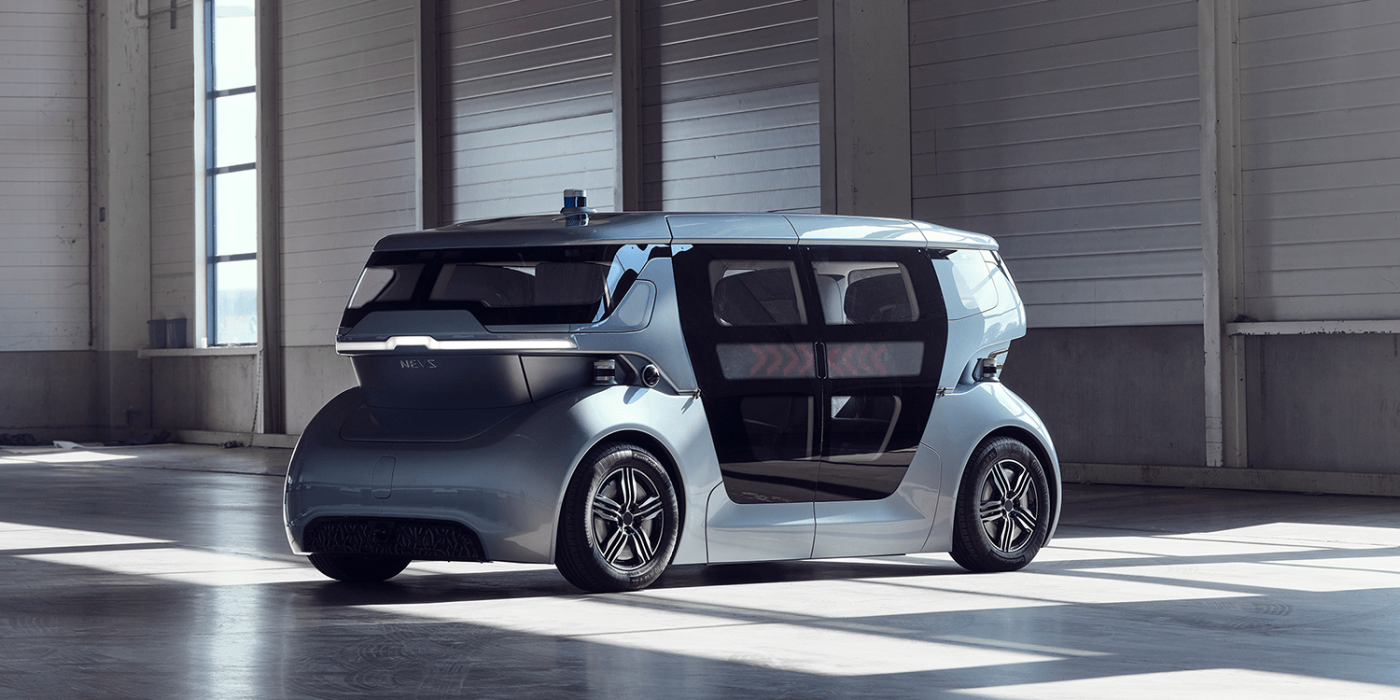
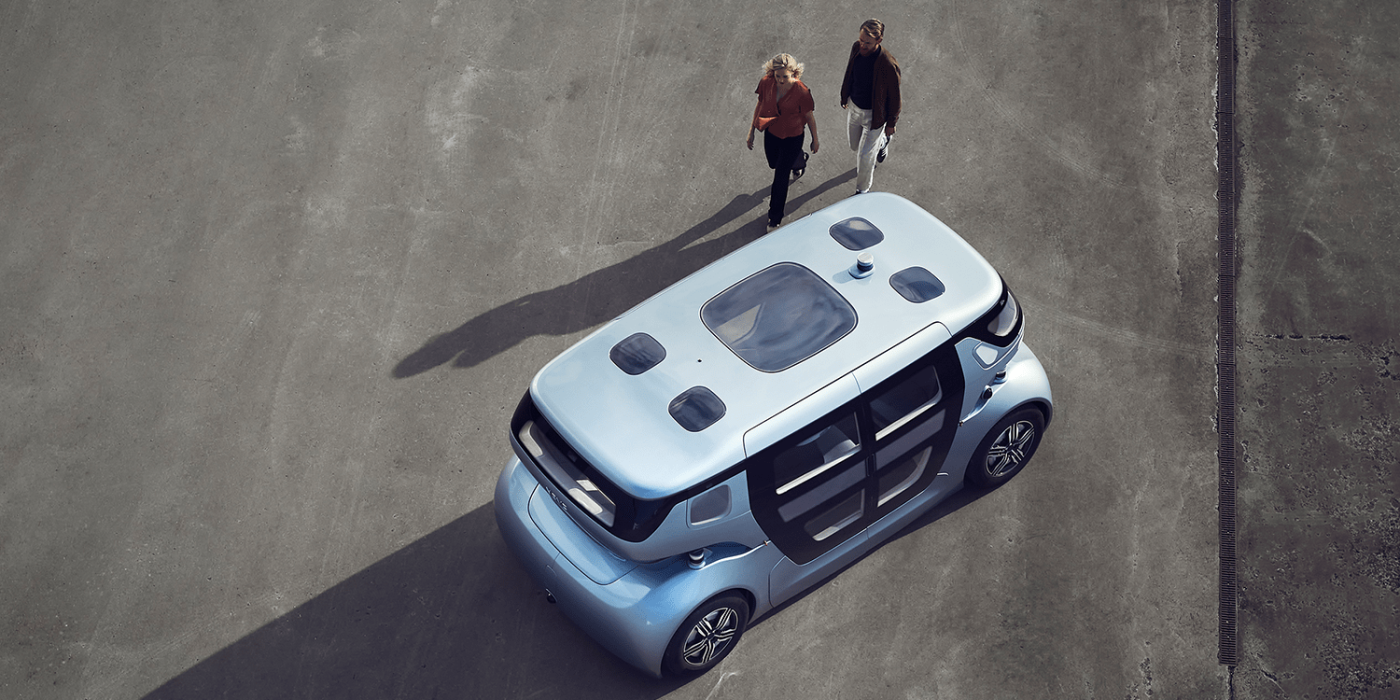
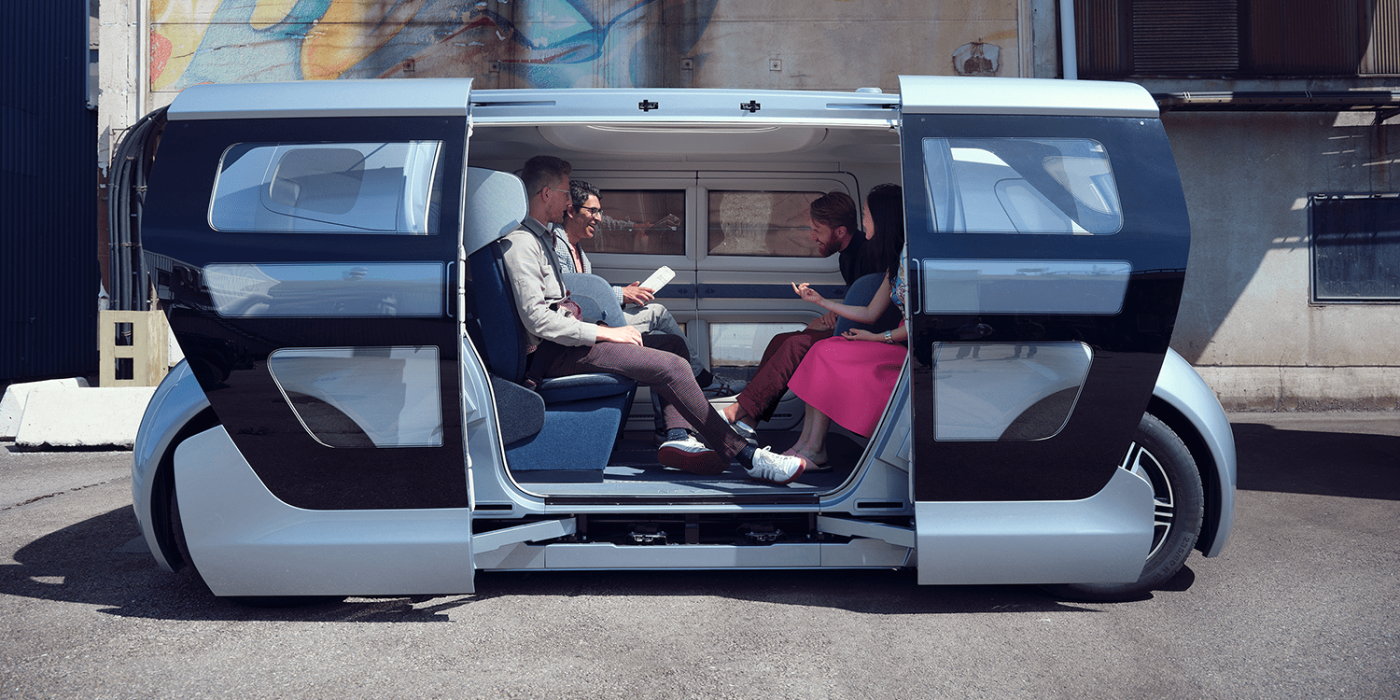
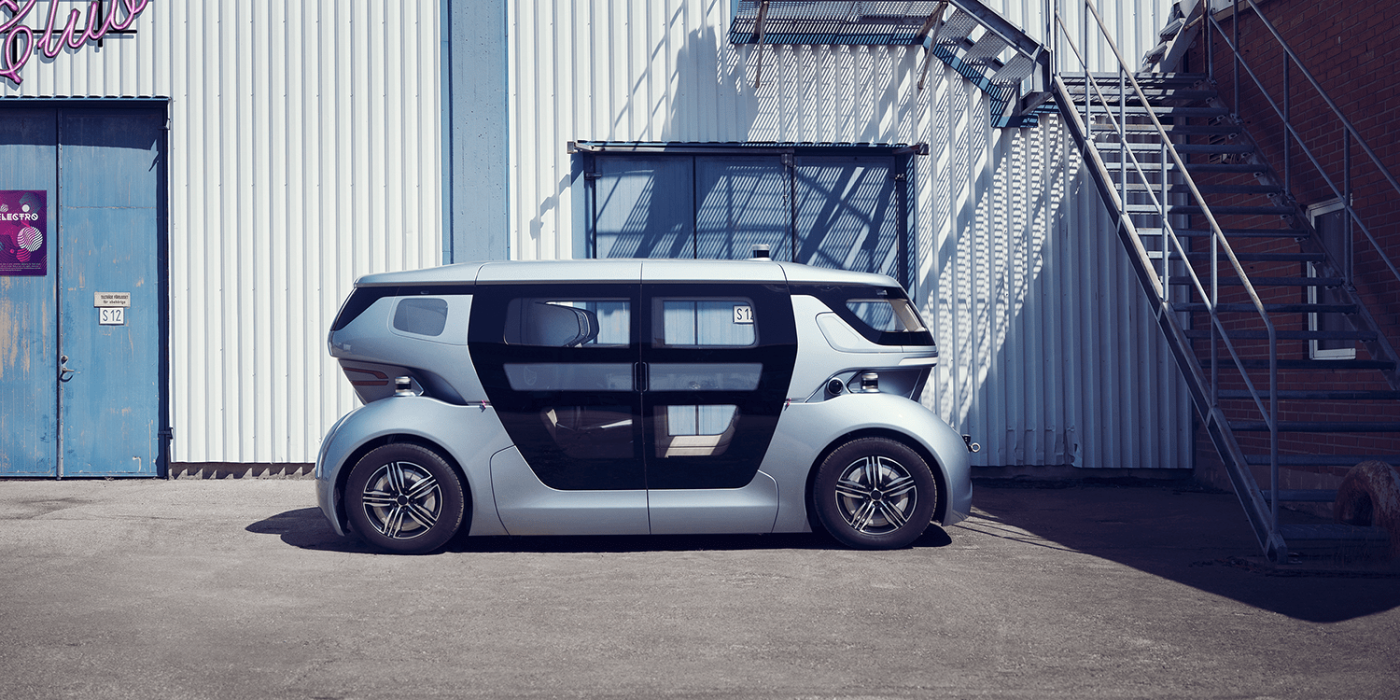
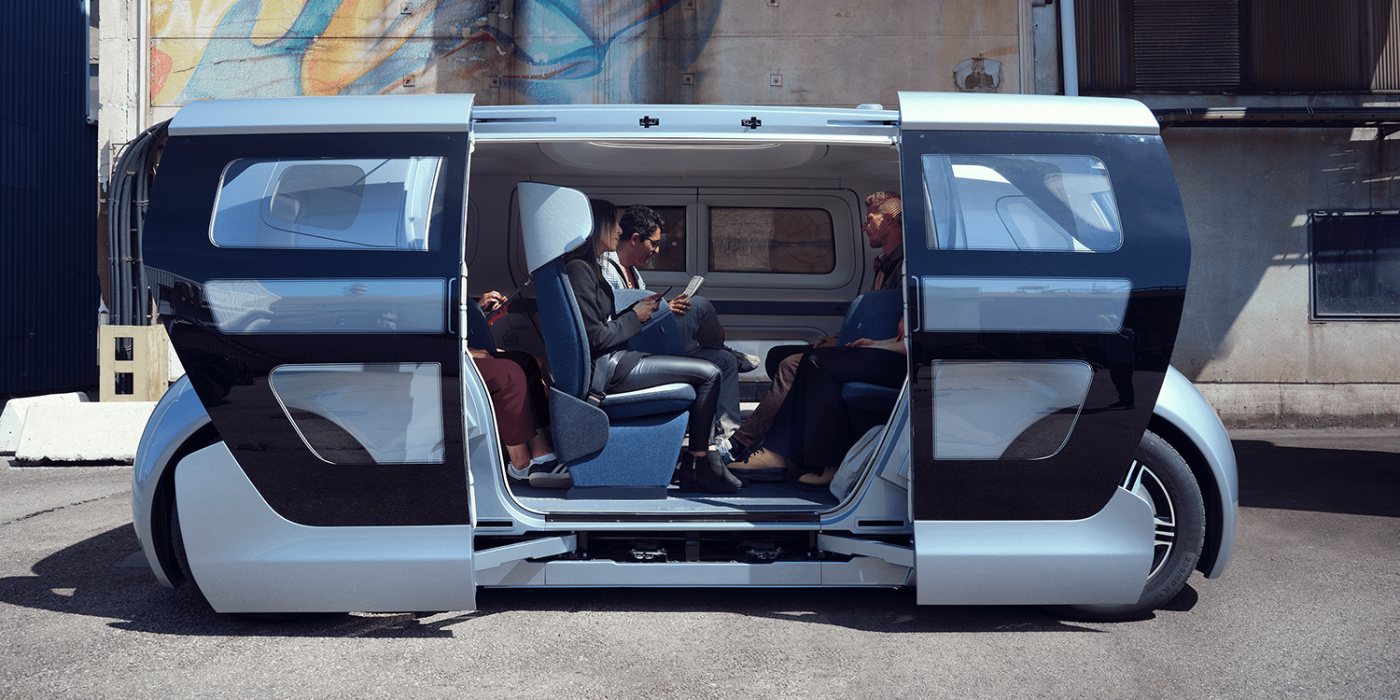
For the autonomous driving technique of the Sango, NEVS cooperates with AutoX, whose technology is supposed to enable autonomous driving according to level 4. NEVS is very confident that the technology in the Sango that was developed in-house will be convincing. “Getting from A to B with self-driving electric vehicles is not as far off as perhaps the car industry is implying,” said Anna Haupt, vice president of Mobility Solutions at NEVS. “The era of one person per car and the era of owning a car, are soon things of the past. A new era is coming, where cars are optimised for city mobility and better quality of life for the individual”.
Daniel Helldén of the Stockholm City Council’s Transport Department readily acknowledges the problems posed by excessive private car ownership, saying: “Like other European cities, Stockholm faces challenges with vehicle emissions and traffic congestion. Therefore, we welcome new ideas that share our vision of a greener city and less use of cars.”
To ensure that the robotic taxis are also accepted by customers, NEVS wants to ensure a higher level of privacy than in public transport. With partitions and a flexible seating arrangement, the interior configurations are categorised into ‘private’, ‘social’ and ‘family’. The interior can be adapted from four smaller compartments with corresponding privacy, through a more open space with four seats, to maximum seating with six seats in three rows. Each seat will also have its own ventilation and air filter.
The practical test in Stockholm will soon clarify whether the concept works and whether the AutoX software developed in Silicon Valley and Shenzhen will work flawlessly in everyday use. The Evergrande subsidiary NEVS has not revealed the starting date for public pilot test in the Swedish capital. The first Sango models are currently being tested at the NEVS plant in Trollhättan.
It is perhaps not unimportant when tracking the success of this autonomous, shared electric vehicle and its ecosystem, to remember that the Chinese company Evergrande initially made its money as China’s second-largest property developer by sales before expanding into health and tourism. Only in mid-2018 did the company move into electric mobility with decisive force. A year later, by the middle of 2019, Evergrande was announcing investments of the equivalent of 23 billion US dollars in EV production. Up to now, Evergrande has been busy purchasing know-how – either by means of a takeover as in the case of NEVS or Protean Electric, a British specialist for wheel hub motors, or via partial entry as in the case of Koenigsegg, not to forget by means of joint ventures as in the case with Hofer or by cooperation as in the case of FEV Group, EDAG, IAV Group, AVL and Magna.
It may be that this being a cash-heavy newcomer to the transport industry reduces the company’s inhibitions in addressing mobility needs without fear of disrupting an established market.
including reporting from Sebastian Schaal.

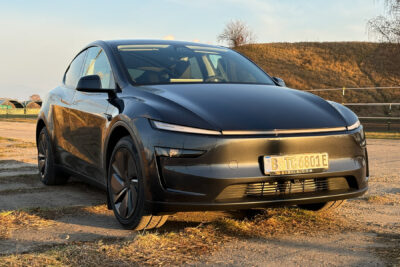
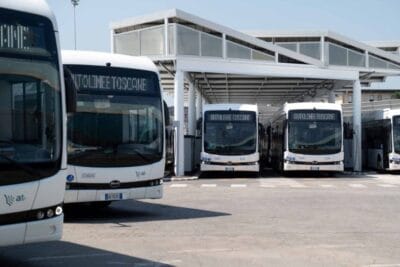
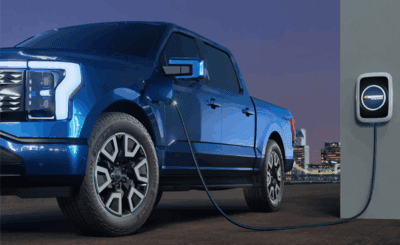
2 Comments